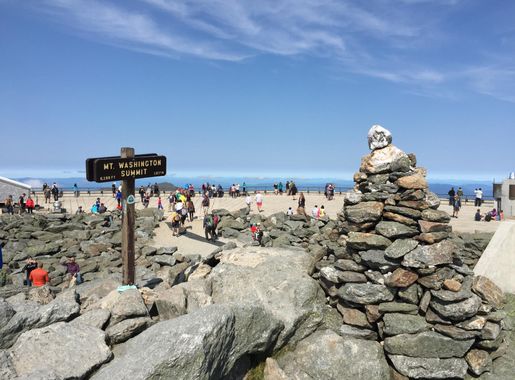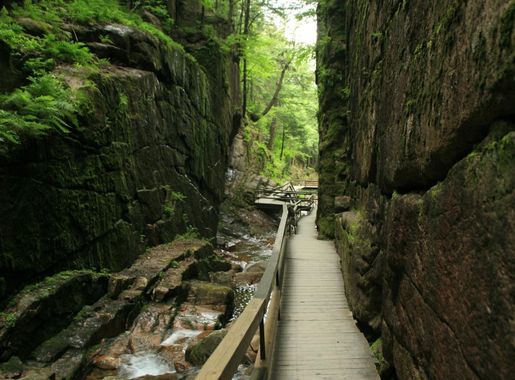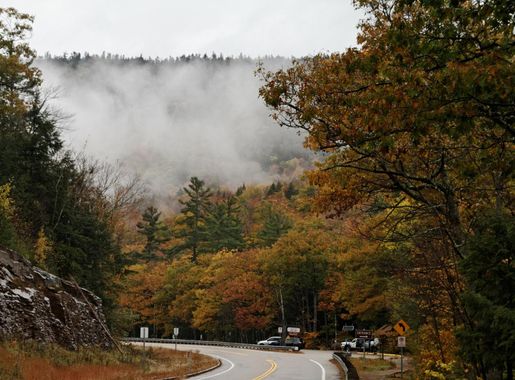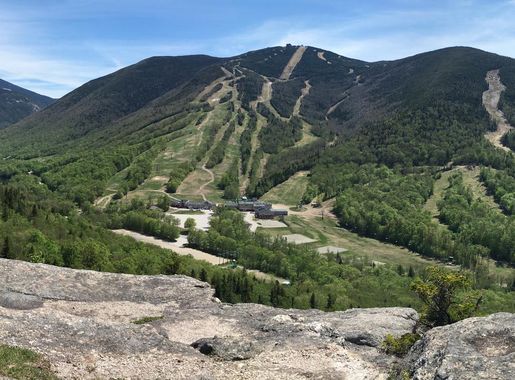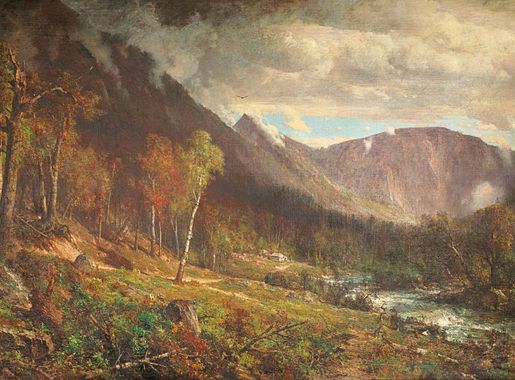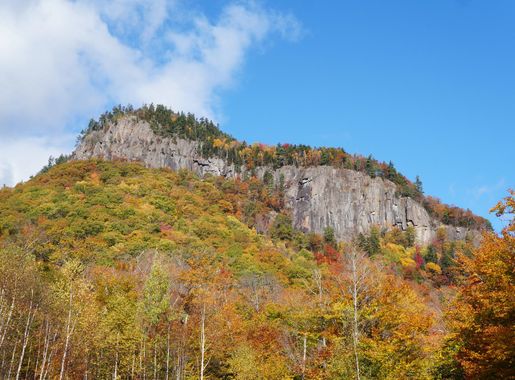
The Majestic White Mountains National Forest
Discover the natural wonders of White Mountains National Forest, from towering peaks and scenic trails to tranquil lakes and vibrant wildlife in New Hampshire.
The White Mountains National Forest in New Hampshire is a haven for nature enthusiasts and adventure seekers alike. Spanning nearly 800,000 acres, the forest is a blend of rugged mountain peaks, serene valleys, and lush woodlands. Whether you're hiking the iconic Appalachian Trail or driving along the picturesque Kancamagus Highway, the breathtaking views will leave you in awe. One of the most popular attractions is Mount Washington, the highest peak in the Northeastern United States. Known for its extreme weather conditions and panoramic vistas, the mountain is accessible by foot, car, or the historic Mount Washington Cog Railway. The summit offers a visitor center and a museum, where you can learn about the mountain's unique climate and history. For those who prefer a quieter experience, the forest is dotted with numerous trails, lakes, and campgrounds. The Franconia Notch State Park, within the forest, offers a variety of outdoor activities, from swimming in Echo Lake to exploring the Flume Gorge. Wildlife enthusiasts will delight in the opportunity to spot moose, black bears, and a variety of bird species. In the winter, the White Mountains transform into a snowy paradise, attracting skiers and snowboarders to its various resorts. Whether you're a seasoned skier or a beginner, the slopes cater to all skill levels. And after a day on the slopes, the charming towns of North Conway and Lincoln offer cozy lodges, delightful eateries, and unique shops to explore.
Local tips in White Mountains National Forest
- Pack layers of clothing; weather can change rapidly, especially on Mount Washington.
- Visit during fall for stunning foliage views along the Kancamagus Highway.
- Book campsites and accommodations well in advance during peak seasons.
- Carry insect repellent, especially in summer, to ward off mosquitoes and ticks.
- Check trail conditions and weather forecasts before heading out for a hike.
- Consider weekdays for a quieter experience; weekends can be crowded.
The Majestic White Mountains National Forest
The White Mountains National Forest in New Hampshire is a haven for nature enthusiasts and adventure seekers alike. Spanning nearly 800,000 acres, the forest is a blend of rugged mountain peaks, serene valleys, and lush woodlands. Whether you're hiking the iconic Appalachian Trail or driving along the picturesque Kancamagus Highway, the breathtaking views will leave you in awe. One of the most popular attractions is Mount Washington, the highest peak in the Northeastern United States. Known for its extreme weather conditions and panoramic vistas, the mountain is accessible by foot, car, or the historic Mount Washington Cog Railway. The summit offers a visitor center and a museum, where you can learn about the mountain's unique climate and history. For those who prefer a quieter experience, the forest is dotted with numerous trails, lakes, and campgrounds. The Franconia Notch State Park, within the forest, offers a variety of outdoor activities, from swimming in Echo Lake to exploring the Flume Gorge. Wildlife enthusiasts will delight in the opportunity to spot moose, black bears, and a variety of bird species. In the winter, the White Mountains transform into a snowy paradise, attracting skiers and snowboarders to its various resorts. Whether you're a seasoned skier or a beginner, the slopes cater to all skill levels. And after a day on the slopes, the charming towns of North Conway and Lincoln offer cozy lodges, delightful eateries, and unique shops to explore.
When is the best time to go to White Mountains National Forest?
Iconic landmarks you can’t miss
White Mountain National Forest
Explore the stunning landscapes and outdoor adventures at White Mountain National Forest, a must-visit destination for nature lovers in New Hampshire.
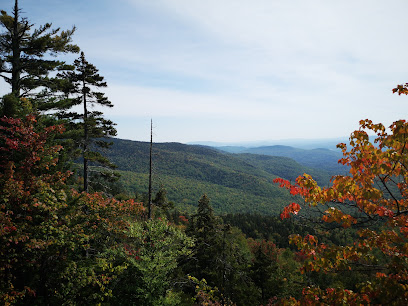
Franconia Notch State Park
Experience breathtaking views and outdoor adventures at Franconia Notch State Park, New Hampshire's stunning natural treasure.
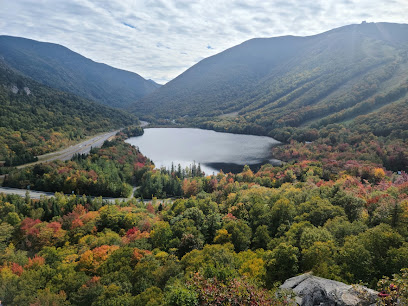
Crawford Notch State Park
Explore the breathtaking landscapes and outdoor adventures at Crawford Notch State Park in New Hampshire, a must-visit for nature lovers and outdoor enthusiasts.
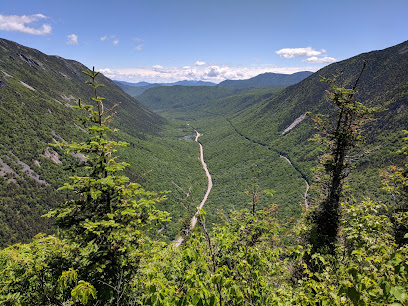
Rocky Gorge Scenic Area
Experience the mesmerizing landscapes of Rocky Gorge Scenic Area, a highlight of Kancamagus Highway in New Hampshire, ideal for nature lovers and outdoor enthusiasts.
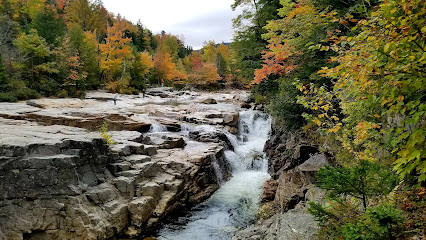
Pemigewasset Overlook
Discover Pemigewasset Overlook: A scenic gem on Kancamagus Highway, offering breathtaking views and vibrant foliage in the heart of New Hampshire's White Mountains.
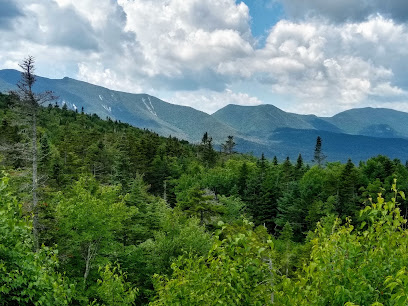
Willey House
Discover the historical significance and stunning vistas at Willey House, a cherished landmark in New Hampshire's White Mountains.
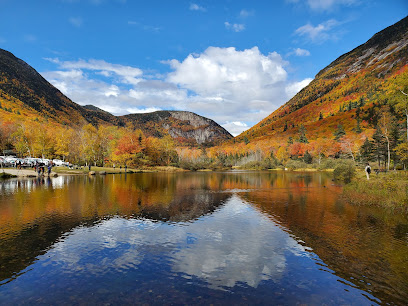
White Mountains
Discover the stunning natural beauty and outdoor adventures waiting for you in the breathtaking White Mountains of New Hampshire.

Boise Rock
Explore Boise Rock, a hidden gem in Lincoln, NH, where natural beauty meets rich history in a serene and picturesque setting.
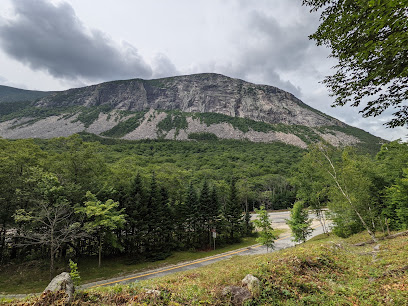
Tip Top House
Experience the rich history and stunning vistas at Tip Top House, a must-visit historical site on Mount Washington, New Hampshire.
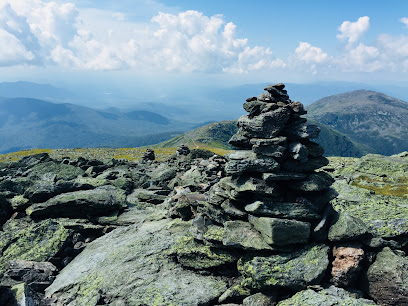
Unmissable attractions to see
Flume Gorge
Explore the stunning Flume Gorge in New Hampshire, where nature's beauty meets thrilling outdoor adventures amidst breathtaking landscapes.
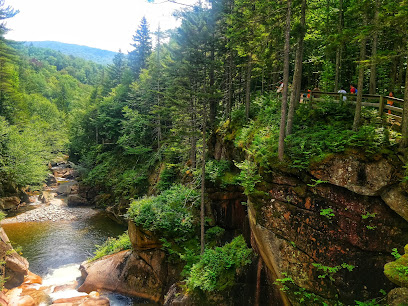
Conway Scenic Railroad
Experience the magic of train travel at Conway Scenic Railroad, where historic rides and stunning mountain views create unforgettable memories in New Hampshire.
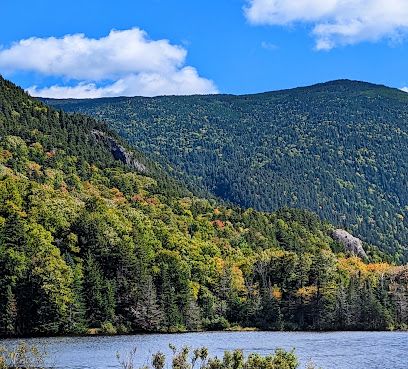
Omni Mount Washington Resort & Spa
Discover the enchanting Omni Mount Washington Resort & Spa, where luxury meets adventure in the heart of New Hampshire's White Mountains.
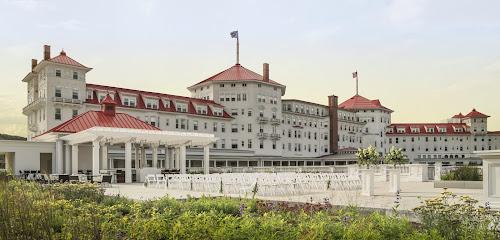
Mt. Washington State Park
Explore the breathtaking beauty of Mt. Washington State Park, where adventure meets stunning natural landscapes in New Hampshire's majestic outdoors.
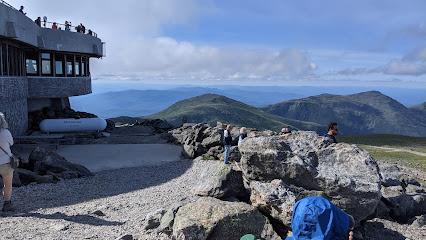
Omni Mount Washington Resort
Experience the elegance and history of Omni Mount Washington Resort, your gateway to adventure in New Hampshire's stunning White Mountains.

Mt. Washington State Park
Explore the breathtaking landscapes and diverse ecosystems of Mt. Washington State Park in New Hampshire, a must-visit for nature lovers and adventure seekers.
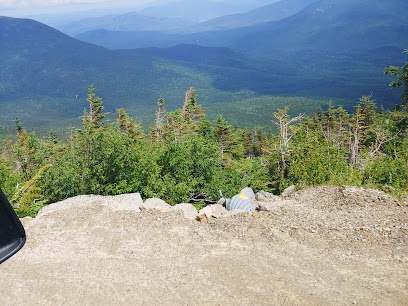
Clark's Bears
Experience the wonder of wildlife at Clark's Bears in Lincoln, NH – a perfect family-friendly theme park filled with fun attractions and engaging encounters.
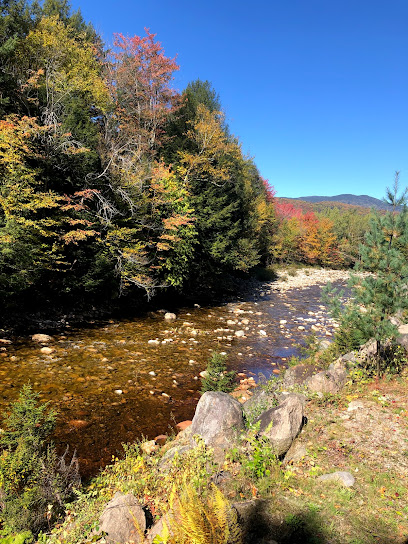
Diana's Baths
Experience the tranquility of Diana's Baths, a natural gem in New Hampshire's White Mountains, perfect for swimming, hiking, and family picnics.

Mt Washington
Discover the breathtaking beauty and challenging trails of Mount Washington, the highest peak in the Northeastern U.S., in stunning New Hampshire.
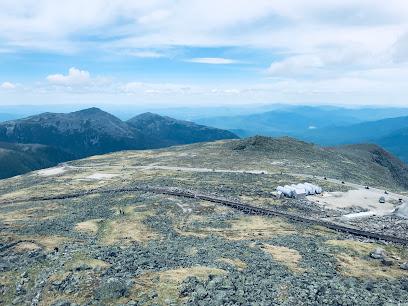
Attitash Mountain Resort
Experience the thrill of winter sports and breathtaking mountain views at Attitash Mountain Resort in New Hampshire.
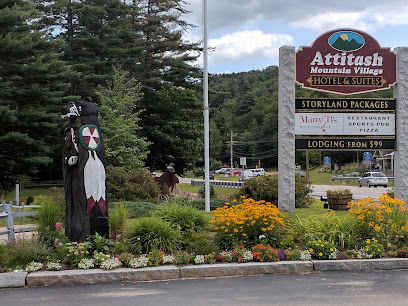
Lost River Gorge & Boulder Caves
Explore the breathtaking landscapes and unique boulder caves at Lost River Gorge, a must-visit nature preserve in New Hampshire's scenic White Mountains.
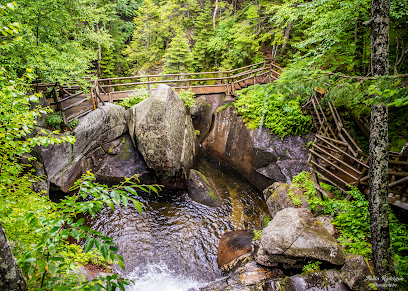
Bretton Woods
Discover outdoor adventures and breathtaking scenery at Bretton Woods, New Hampshire's premier ski resort and year-round playground.
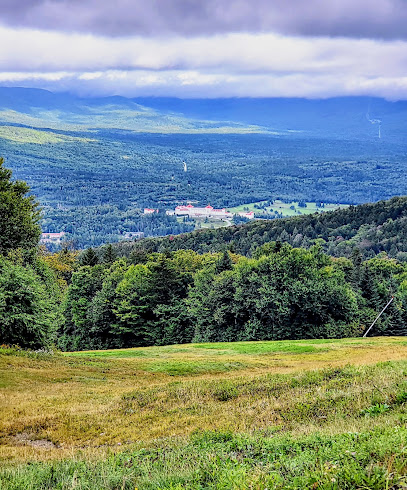
Polar Caves Park
Explore the stunning rock formations and diverse wildlife at Polar Caves Park, a natural wonderland in Rumney, New Hampshire.
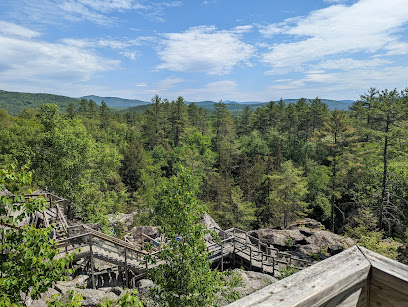
Echo Lake State Park
Explore breathtaking landscapes at Echo Lake State Park, where adventure meets tranquility in the heart of New Hampshire.
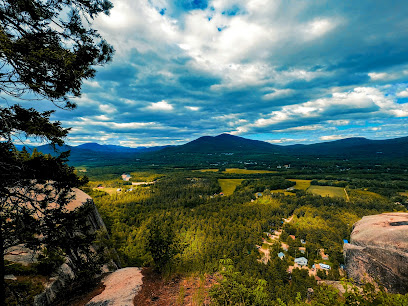
White Mountains Visitor Center
Explore nature's wonders at the White Mountains Visitor Center, your essential guide to New Hampshire's stunning landscapes and outdoor adventures.
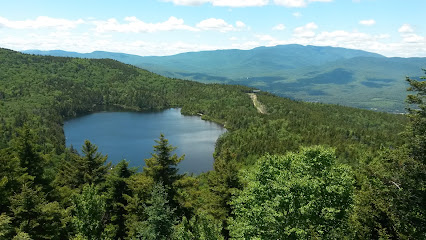
Essential places to dine
Muddy Moose Restaurant & Pub
Experience delicious American cuisine in a cozy pub atmosphere at Muddy Moose Restaurant & Pub, North Conway's favorite dining destination.
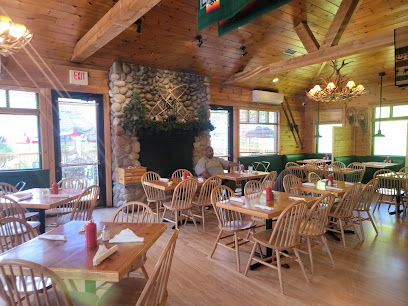
Black Mtn. Burger Co.
Savor gourmet burgers made from fresh local ingredients at Black Mtn. Burger Co., Lincoln's favorite dining destination.
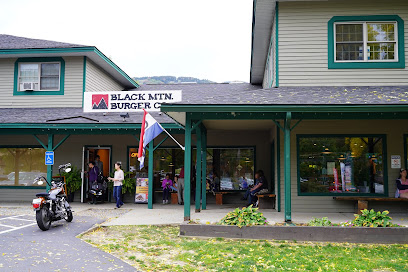
Delaney's Hole In the Wall
Discover the flavors of North Conway at Delaney's Hole In the Wall - where delicious grilled dishes meet warm hospitality.
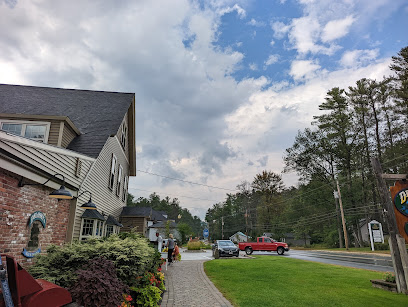
The Common Man Lincoln
Experience the heartwarming flavors of America at The Common Man Lincoln - where comfort food meets New England charm.

Gordi's Fish & Steak House
Discover Gordi's Fish & Steak House in Lincoln - where fresh seafood meets expertly cooked steaks in an inviting atmosphere.
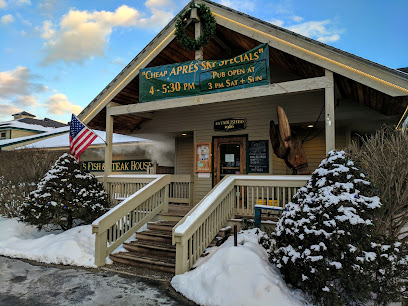
Munroe's Family Restaurant
Discover Munroe's Family Restaurant in Twin Mountain: where family-friendly dining meets delicious breakfast delights amidst scenic mountain views.

Barley & Salt, Tap House and Kitchen
Experience authentic American cuisine and craft brews at Barley & Salt in North Conway—your perfect stop for relaxation after exploring New Hampshire's beauty.
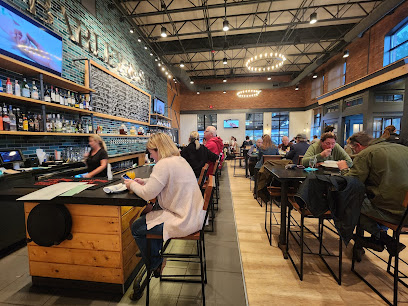
Tuckerman's Restaurant & Tavern
Discover Tuckerman's Restaurant & Tavern in Intervale - where American cuisine meets a cozy tavern experience in the heart of New Hampshire.
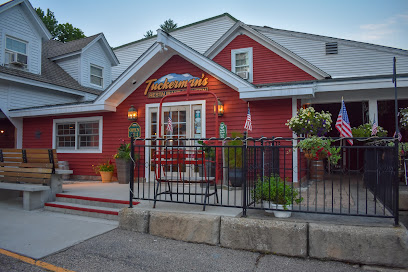
Gypsy Cafe
Experience global flavors and local charm at Gypsy Cafe in Lincoln, NH - a must-visit culinary destination for tourists.

White Mountain Cider Co
Experience delightful American cuisine and artisanal ciders at White Mountain Cider Co in New Hampshire's scenic landscape.

The Little Red Schoolhouse, LLC
Experience delicious seafood and homemade ice cream at The Little Red Schoolhouse in Campton, NH - perfect for family outings and food lovers.
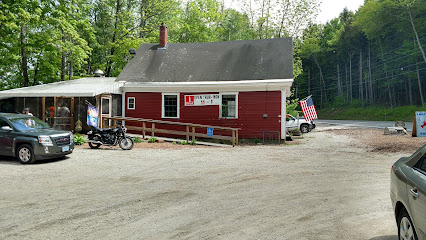
Chef's Bistro
Experience exceptional American cuisine at Chef's Bistro in North Conway—where fine dining meets family-friendly comfort.
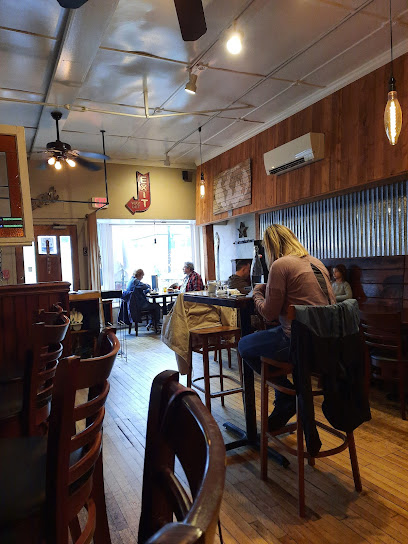
Fabyan's Station
Discover family-friendly dining at Fabyan's Station in Bretton Woods - where delicious food meets stunning mountain views.
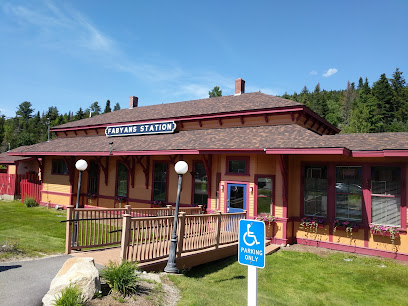
Abenaki Trail Restaurant & Pub
Experience the flavors of America at Abenaki Trail Restaurant & Pub in North Conway - where great food meets warm hospitality.

Cabin Fever Restaurant
Discover Cabin Fever Restaurant: A family-friendly American eatery offering delectable seafood dishes in picturesque Bartlett, New Hampshire.
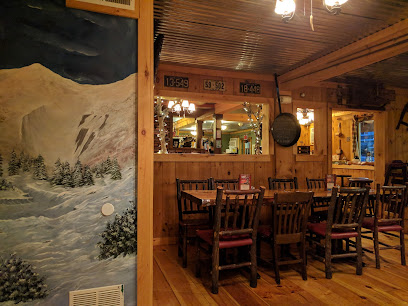
Markets, malls and hidden boutiques
Zeb's General Store
Explore Zeb's General Store in North Conway, NH, for unique gifts, delicious candies, and the charm of New England all in one place.
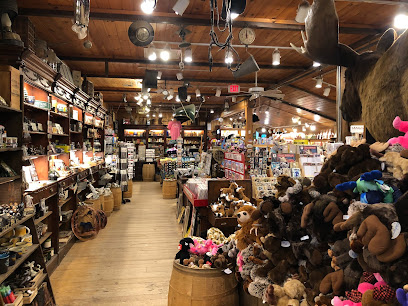
Settlers Green Outlet Village
Discover unbeatable deals and a charming shopping experience at Settlers Green Outlet Village in beautiful North Conway, New Hampshire.
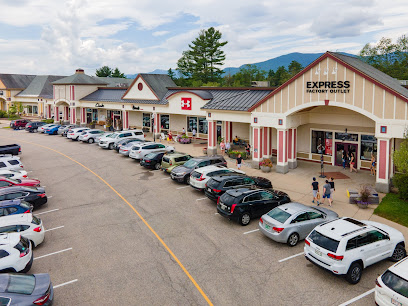
The Old Country Store and Museum
Explore The Old Country Store and Museum, a unique gift shop and history museum in Moultonborough, NH, offering gourmet treats and local souvenirs.
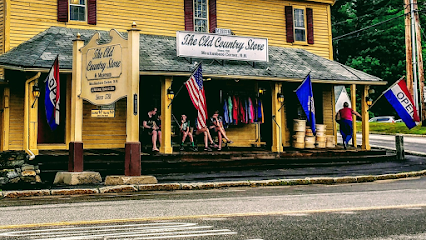
Settlers Crossing
Discover a diverse shopping experience at Settlers Crossing in North Conway, where unique finds and local charm await every visitor.
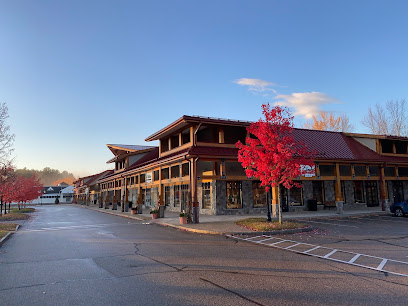
The Christmas Loft
Discover The Christmas Loft in North Conway, NH - a whimsical gift shop filled with festive decorations, toys, and seasonal treasures for the whole family.
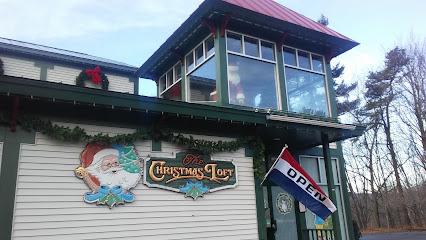
Grant's Shop 'n Save
Discover local flavors at Grant's Shop 'n Save in Glen, NH, your go-to grocery store for fresh produce, quality meats, and friendly service.
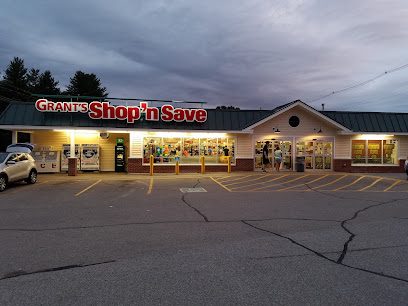
Kancamagus Collectables
Explore Kancamagus Collectables in North Woodstock for unique gifts and local crafts, celebrating the spirit of New Hampshire's White Mountains.
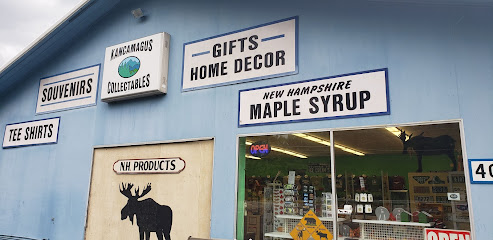
Headlines Boutique
Explore Headlines Boutique in North Conway, where unique gifts and local craftsmanship meet chic fashion and delightful finds.

The Depot
Discover unique gifts and local delights at The Depot Shopping Center, a charming shopping mall in the beautiful Lincoln, New Hampshire.
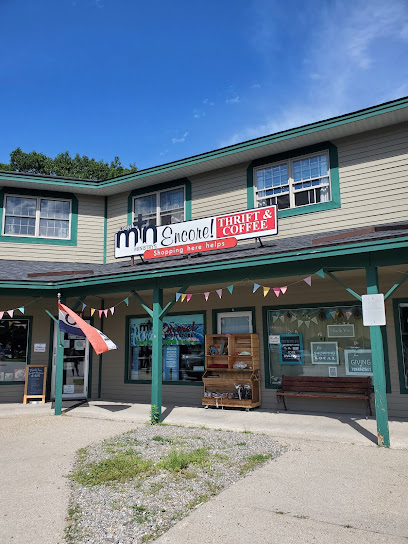
New Hampshire Country Store
Discover the rich heritage and unique finds at New Hampshire Country Store, a charming destination in Chocorua, perfect for every traveler.
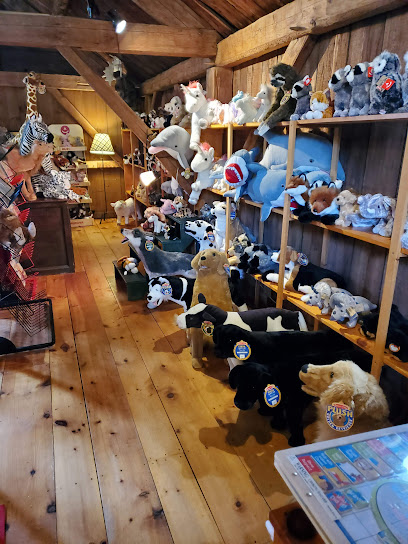
Settlers Green Streetside
Explore Settlers Green Streetside in North Conway, a vibrant shopping mall offering a mix of retail, dining, and entertainment amidst stunning mountain views.
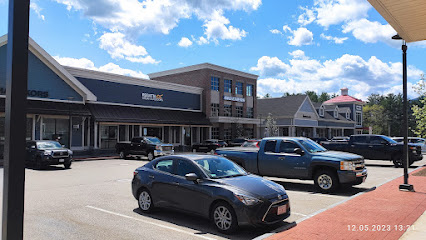
Mountain Wanderer Book & Maps
Discover the ultimate literary destination for adventurers at Mountain Wanderer Book & Maps in Lincoln, New Hampshire, where exploration begins with the right guide.
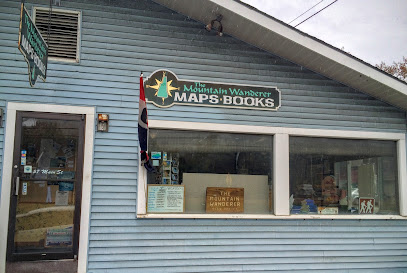
RavenWood Curio Shoppe
Explore RavenWood Curio Shoppe, a charming gift shop in Jackson, NH, featuring unique treasures and local artisan crafts for every taste.
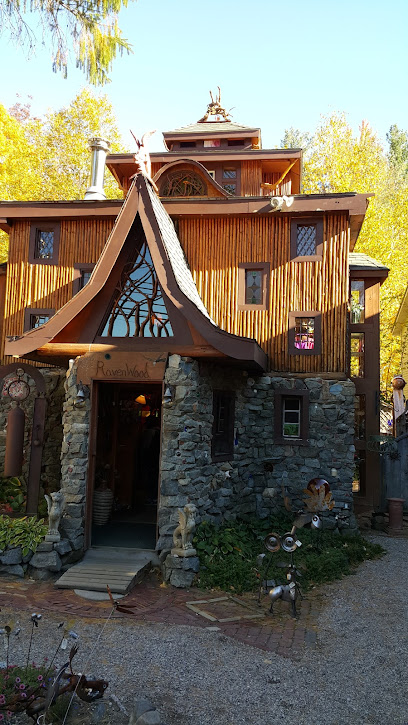
The Penguin Gallery
Explore The Penguin Gallery: Your ultimate destination for unique gifts, jewelry, and fine wines in North Conway, New Hampshire.
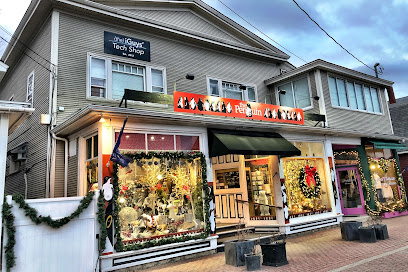
League of NH Craftsmen North Conway Fine Craft Gallery
Explore the League of NH Craftsmen North Conway Fine Craft Gallery, where local artisans display their exquisite handcrafted creations in a welcoming environment.
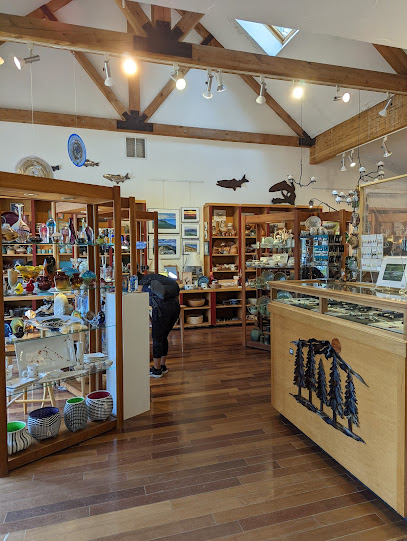
Essential bars & hidden hideouts
White Mountain National Forest
Discover the breathtaking beauty and adventure of White Mountain National Forest, a natural wonderland perfect for outdoor enthusiasts and nature lovers.
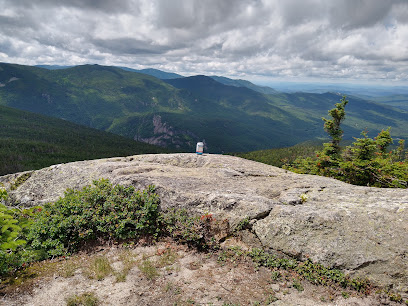
Muddy Moose Restaurant & Pub
Discover the rustic charm and hearty American fare at Muddy Moose Restaurant & Pub in North Conway, perfect for families and groups.
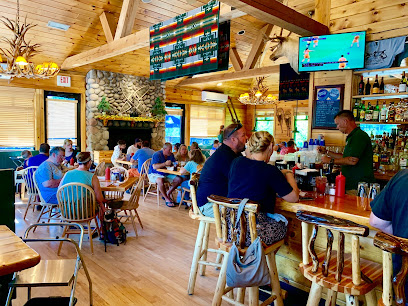
Omni Mount Washington Resort
Discover the exquisite blend of luxury, history, and outdoor adventure at the Omni Mount Washington Resort, a stunning White Mountains destination.

Woodstock Inn Brewery
Discover Woodstock Inn Brewery: A perfect blend of craft brews, fine dining, and rustic charm in New Hampshire's scenic landscape.
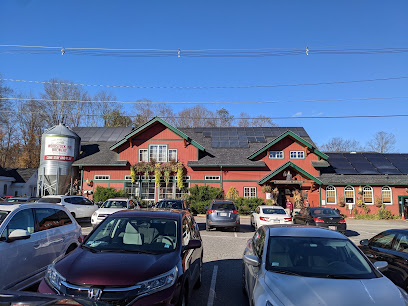
Red Fox Bar and Grille
Experience the heart of American dining at Red Fox Bar and Grille in Jackson, NH - a perfect blend of flavor, family, and fun.
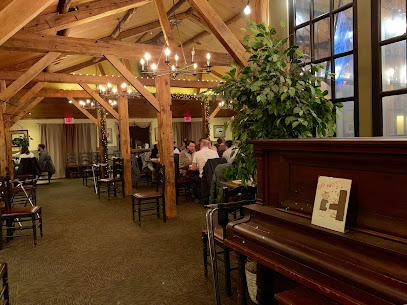
Moat Mountain Smokehouse & Brewing Co.
Experience the perfect blend of handcrafted brews and delicious barbecue at Moat Mountain Smokehouse & Brewing Co. in North Conway.

Delaney's Hole In the Wall
Explore the flavors of North Conway at Delaney's Hole In the Wall, where grilled specialties meet a welcoming atmosphere.
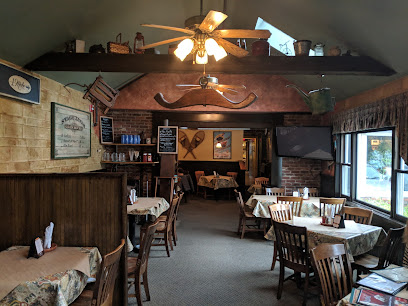
The Common Man Lincoln
Experience the warmth and flavors of The Common Man Lincoln, a charming grill and American restaurant nestled in New Hampshire's White Mountains.
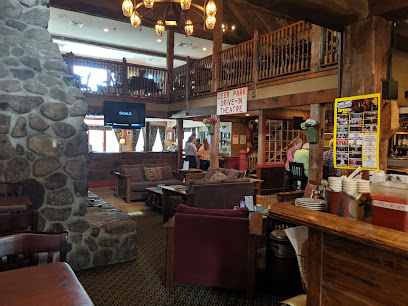
Indian Head Resort
Discover the charm of Indian Head Resort, where adventure meets relaxation in the heart of New Hampshire's stunning landscapes.
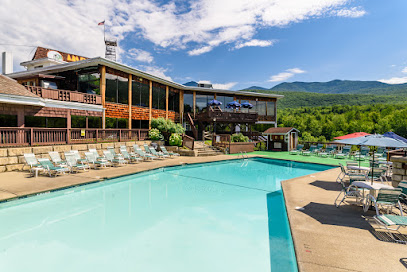
May Kelly's Cottage
Discover the warmth of Irish hospitality at May Kelly's Cottage in North Conway, where delicious food and a cozy atmosphere await.
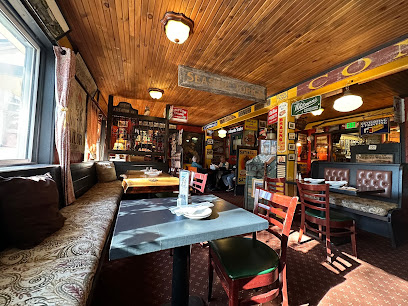
Red Parka Steakhouse & Pub
Experience the ultimate culinary delight at Red Parka Steakhouse & Pub in Glen, NH – a perfect blend of hearty steaks and family-friendly dining.
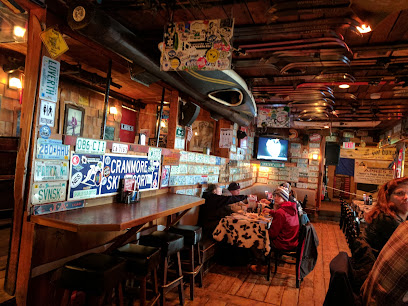
White Mountain Cider Co
Experience the flavors of New Hampshire at White Mountain Cider Co., where artisan cider, bakery delights, and American cuisine come together.
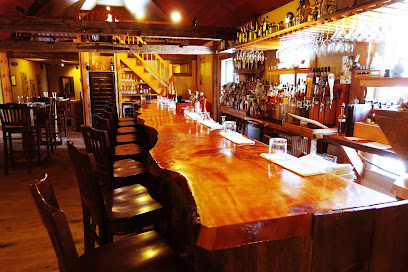
The White Mountain Hotel & Resort
Experience the perfect blend of luxury and adventure at The White Mountain Hotel & Resort, where exquisite dining meets breathtaking natural beauty.

The Shannon Door Pub & Restaurant
Experience the warmth of an authentic Irish pub at The Shannon Door, where hearty meals and friendly vibes await you in Jackson, NH.

Fabyan's Station
Fabyan's Station offers a delightful family-friendly dining experience in Bretton Woods, featuring local flavors and stunning mountain views.
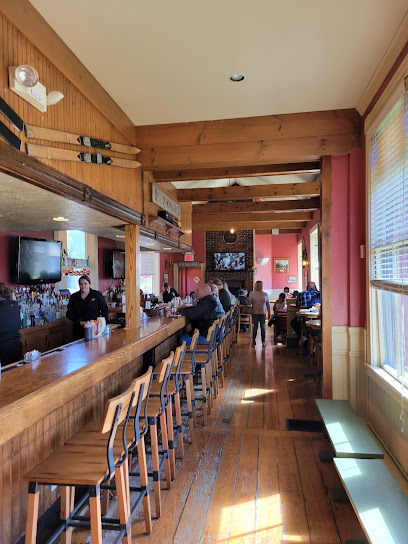
Local Phrases about White Mountains National Forest
-
- HelloHowdy
[haw-dee] - GoodbyeSee ya later
[see yuh lay-tuh] - YesYup
[yuhp] - NoNah
[nah] - Please/You're welcomePlease and thank ya
[pleez and thank yuh] - Thank youMuch obliged
[muhch uh-blahy-jed] - Excuse me/SorryPardon me
[pahr-dn me] - How are you?Howdy, how ya doin'?
[haw-dee, how yuh doo-in] - Fine. And you?Just swell. And yourself?
[just swel. And yur-self] - Do you speak English?Ya speak English?
[yuh speak ing-glish] - I don't understandI ain't catchin' what you're throwin'
[I aint kach-in whut yur throw-in]
- HelloHowdy
-
- I'd like to see the menu, pleaseCould I take a gander at the menu, please
[kood eye take uh gan-der at the menu, please] - I don't eat meatI ain't no carnivore
[I aint no car-ni-vore] - Cheers!Cheers!
[cheers] - I would like to pay, pleaseI reckon it's time to settle up
[I rek-un its time to set-ul up]
- I'd like to see the menu, pleaseCould I take a gander at the menu, please
-
- Help!Help!
[help] - Go away!Shoo!
[shoo] - Call the Police!Get the Sheriff!
[get the sher-iff] - Call a doctor!Fetch the doc!
[fetch the doc] - I'm lostI'm turned around
[I'm turned a-round] - I'm illI ain't feelin' so good
[I aint feel-in so good]
- Help!Help!
-
- I'd like to buy...I reckon I'll take...
[I rek-un aill take] - I'm just lookingI'm just browsin'
[I'm just brow-zin] - How much is it?How much ya askin' for it?
[how much yuh ask-in for it] - That's too expensiveThat's a bit rich for my blood
[thats uh bit rich for my blud] - Can you lower the price?Can ya do a bit of hagglin'?
[can yuh do uh bit of hag-glin]
- I'd like to buy...I reckon I'll take...
-
- What time is it?What's the hour?
[whuts the hour] - It's one o'clockIt's one
[its one] - Half past (10)Half past ten
[half past ten] - MorningMornin'
[morn-in] - AfternoonAfternoon
[after-noon] - EveningEvenin'
[even-in] - YesterdayYest'day
[yes-t-day] - TodayToday
[to-day] - TomorrowTomorra
[tom-or-rah] - 1One
[wun] - 2Two
[too] - 3Three
[three] - 4Four
[four] - 5Five
[five] - 6Six
[six] - 7Seven
[seven] - 8Eight
[eight] - 9Nine
[nine] - 10Ten
[ten]
- What time is it?What's the hour?
-
- Where's a/the...?Where's the...
[wheres the] - What's the address?What's the location?
[whuts the loh-kay-shun] - Can you show me (on the map)?Can ya point it out (on the map)?
[can ya point it out (on the map)] - When's the next (bus)?When's the next one (bus)?
[whens the next one (bus)] - A ticket (to ....)A pass (to ....)
[uh pass (to)]
- Where's a/the...?Where's the...
History of White Mountains National Forest
-
Long before European explorers arrived, the White Mountains were inhabited by Native American tribes, most notably the Abenaki. These indigenous people referred to the White Mountains as Agiochook, which means 'place of the Great Spirit.' They revered the mountains, which played a significant role in their spiritual and cultural practices.
-
The first recorded European exploration of the White Mountains was by English explorer Martin Pring in 1603. By the 1640s, European settlers began to establish small communities around the foothills of the mountains. The settlers were primarily involved in farming, logging, and fur trading, significantly altering the landscape and the way of life for the native inhabitants.
-
In 1819, Abel and Ethan Crawford, inhabitants of the White Mountains, cut the Crawford Path, the oldest continuously used hiking trail in the United States. Originally designed to guide tourists to the summit of Mount Washington, the path has become an iconic route for hikers and a testament to the region's early tourism industry.
-
During the late 19th and early 20th centuries, the White Mountains became a popular destination for wealthy tourists. Grand hotels like the Mount Washington Hotel, built in 1902, offered luxury accommodations and stunning views. This era marked the beginning of the White Mountains as a premier vacation spot, attracting visitors from across the country.
-
In 1937, the Appalachian Trail, a 2,190-mile long hiking trail stretching from Georgia to Maine, was completed. The trail passes through the White Mountains, offering hikers some of the most challenging and scenic sections of the entire route. The inclusion of the White Mountains in this iconic trail underscores the area's significance in American outdoor culture.
-
The White Mountains National Forest was established in 1918 in response to the devastating deforestation caused by logging. The Weeks Act of 1911, which allowed the federal government to purchase private land for conservation, played a crucial role in the forest's creation. Today, the White Mountains National Forest spans nearly 800,000 acres and is a haven for outdoor enthusiasts.
-
The Old Man of the Mountain, a series of five granite cliff ledges on Cannon Mountain that, when viewed from the north, appeared to be the jagged profile of a face, was a natural icon of the White Mountains. First noted by surveyors in the early 1800s, it became a symbol of New Hampshire. Sadly, the formation collapsed in 2003, but it remains a cherished part of the area's history.
White Mountains National Forest Essentials
-
White Mountains National Forest is located in New Hampshire, United States. The nearest major airport is Boston Logan International Airport (BOS), approximately 130 miles south of the forest. From Boston, you can rent a car and drive, which takes about 2.5 to 3 hours via Interstate 93. Alternatively, you can take a bus from Boston to towns like Lincoln or North Conway, which serve as gateways to the forest.
-
While renting a car is the most convenient way to explore White Mountains National Forest, there are other options. Local bus services like Concord Coach Lines and regional transit networks connect major towns within the area. For those interested in a unique experience, the Conway Scenic Railroad offers scenic train rides through parts of the forest. Biking and walking are also viable options for shorter distances.
-
The official currency in the United States is the US Dollar (USD). Credit and debit cards are widely accepted in hotels, restaurants, and shops throughout the region. ATMs are available in most towns within and around the forest, but it's a good idea to carry some cash for use in more remote areas and smaller establishments that might not accept cards.
-
White Mountains National Forest is generally a safe destination for tourists. However, as with any travel, it's important to take standard precautions. Avoid leaving valuables in your car and be aware of your surroundings, especially in parking areas and trailheads. Crime rates targeting tourists are relatively low, but it's always best to stay vigilant.
-
In case of emergency, dial 911 for immediate assistance. Local police, fire departments, and medical facilities are available in towns around the forest. It's recommended to have travel insurance that covers medical emergencies. For minor health issues, there are pharmacies in towns like Lincoln and North Conway where you can purchase over-the-counter medications.
-
Fashion: Do wear comfortable and weather-appropriate clothing, especially for hiking and outdoor activities. Layers are advisable due to changing weather conditions. Religion: Do respect local customs and traditions, but there's no specific religious etiquette to follow. Public Transport: Do be respectful to drivers and other passengers. Don't block aisles with large backpacks. Greetings: Do greet people with a smile or a simple 'Hello.' New Englanders are generally friendly. Eating & Drinking: Do try local foods and beverages. Don't litter; always carry out what you carry in, especially on trails.
-
To experience White Mountains National Forest like a local, consider visiting during the fall foliage season for spectacular views. Explore lesser-known trails like the Sugarloaf Mountain Trail for quieter hikes. Visit local farmers' markets for fresh produce and artisan goods. Engaging with locals can provide insights into the best hidden spots and activities. Don't miss a drive along the Kancamagus Highway for one of the most scenic routes in the region.
Nearby Cities to White Mountains National Forest
-
Things To Do in Hanover
-
Things To Do in Montpelier
-
Things To Do in Lewiston
-
Things To Do in Saco
-
Things To Do in Biddeford
-
Things To Do in Woodstock
-
Things To Do in Stowe
-
Things To Do in South Portland
-
Things To Do in Dover
-
Things To Do in Kennebunkport
-
Things To Do in Brunswick
-
Things To Do in Ogunquit
-
Things To Do in Killington
-
Things To Do in Augusta
-
Things To Do in Exeter

